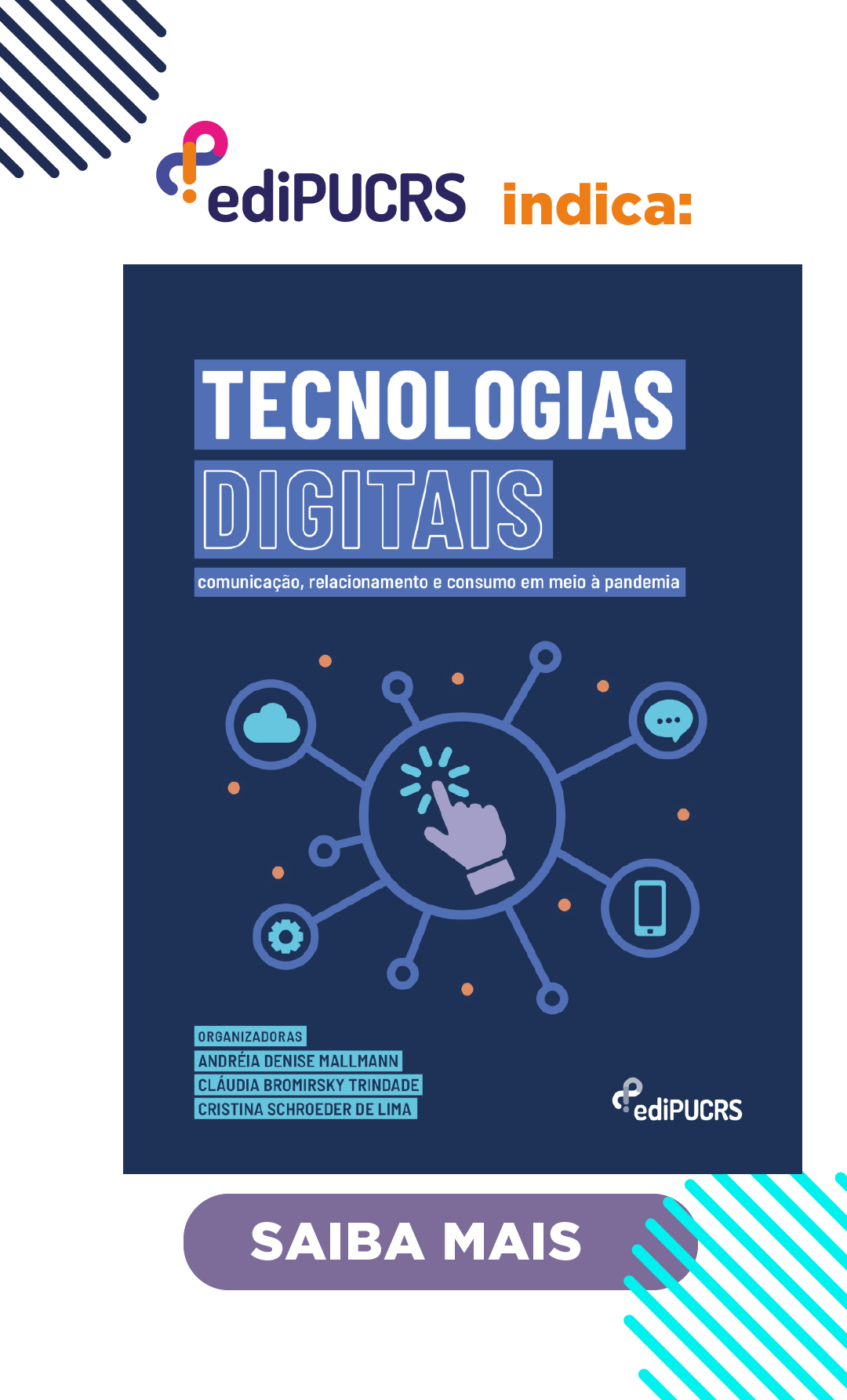Mobile phones in young people everyday life: case study with Portuguese and Brazilian students
DOI:
https://doi.org/10.15448/1980-3729.2020.1.35850Keywords:
Media studies. Mobile technology. Communication studies.Abstract
Mobile phones have become commonplace everyday objects in almost all societies regardless of their development stage. The presence of these devices has become a constant on any latitude, as shown by the penetration rate figures for 2018: 65.9%. These numbers, already surprising on their own, reach even higher values among young people. Thus, this paper studies the use of mobile phones, in particular smartphones, by young Portuguese and Brazilian university students. For this purpose, an app that registered all the uses made by the youngsters in their mobile devices, was employed. This methodology allows data collection in a daily context without the participants feeling controlled. A total of 317,938 interactions, registered in the participants devices, shows that the main use given to these devices is as a platform for access to social networks, followed by the sending of messages and the variable “second uses” of the device (watch, calendar, camera, calendar and calculator). Although this is a study in progress, at this stage it is safe to state that the data confirm previous studies (FORTUNATI; TAIPALE, 2014) in which smartphones assert themselves as a verbal written communication platform in opposition to their genesis based on orality.
Downloads
References
AGUADO, J. M.; MARTÍNEZ, I. J. Sociedad Móvil: tecnología, identidad y Cultura. Madrid: Edit. Biblioteca Nueva, 2008.
AHN, J.; JUNG, Y. The common sense of dependence on smartphone: A comparison between digital natives and digital immigrants. New Media & Society, [S. l.], v. 18, n. 7, p. 1236-1256, 2016. https://doi.org/10.1177/1461444814554902
AKER, J. C.; MBITI, I. M. Mobile phones and economic development in Africa. Journal of Economic Perspectives, Nashville, v. 24, n. 3, p. 207-232, 2010. https://doi.org/10.1257/jep.24.3.207
ANATEL, A. N. d. T. Brasil registra redução de 2,88% no número de acessos em operação na telefonia móvel em 12 meses, 2018. Retrieved from: http://www.anatel.gov.br/dados/destaque-1/283-brasil--tem-236-2-milhoes-de-linhas-moveis-em-janeiro--de-2018. Access in: 25 nov. 2019. https://doi.org/10.17771/pucrio.acad.8647
AOKI, K.; DOWNES. E.J. An analysis of young people´s use of and attitudes toward cell phones. Telematics and Informatitics, [S. l.], v. 20, p. 349-364, 2003. https://doi.org/10.1016/s0736-5853(03)00018-2
BOWEN, K.; PISTILLI, M. D. Student preferences for mobile app usage. Research Bulletin. EDUCAUSE Center for Applied Research, Louisville, 2012. Available from: http://www. educause. edu/ecar. Access in: 25 nov. 2019.
CASTELLS, M.; MAJER, R. V.; GERHARDT, K. B. A sociedade em rede. Lisbon: Fundação Calouste Gulbenkian, 2002.
CEVALLOS, M. del C. Jóvenes y celulares: las razones de su uso y abuso. Ciespal, 2009. Available from: http://www.ciespal.net/ciespal/images/docu/produccionacademica/Informe%20celulares.pdf. Access in: 25 nov. 2019.
COHEN, J. Statistical power analysis for the behavioral sciences. 2nd ed. Hillsdale: Lawrence Earlbaum Associates, 1988.
FARAGO, P. iOS and Android adoption explodes internationally. USA: Flurry,2012.
FISHER, S. America Calling: a social history of the telephone to 1940. Los Angeles: University of California Press, 1992.
FORTUNATI, L.; TAIPALE, S. The advanced use of mobile phones in five European countries. British Journal of Sociology, London, v. 65, p. 317-337, 2014. https://doi.org/10.1111/1468-4446.12075
LANSEN, A. Affective technologies – Emotions and mobile phones. Receiver, v. 11, 2004.
LÉVY, P. O que é o virtual. São Paulo: Editora, 34, 1996.
MUISE, D.; PAN, J.; REEVES, B. Content over Format: Modern Device Usage and a Realignment of the News Definition. C+J ’17, Evanston, Illinois, US, 2017.
PELLANDA, E. C.; PASE, A. F.; NUNES, A. C. B.; STRECK, M.; SOUZA, D.; FERREIRA, I. M. Comunicação e mobilidade: proposta de procedimento metodológico para o entendimento da audiência mobile através de um estudo de caso do Ubilab/PUCRS. Porto Alegre: PUCRS, 2018. https://doi.org/10.12804/revistas.urosario.edu.co/disertaciones/a.6072
PELLANDA, E. C. Internet móvel: novas relações na cibercultura derivadas da mobilidade na comunicação. PHD Thesis - Pontifical Catholic University of Rio Grande do Sul, PUCRS, Porto Alegre, RS, Brazil, 2005. https://doi.org/10.5783/rirp-9-2015-05-67-88
PRENSKY, M. Digital natives, digital immigrants part 1. On the horizon, [S. l.], v. 9, n. 5, p. 1-6, 2001.
RAINIE, L.; ZICKUHR, K. Americans’ views on mobile etiquette. Pew Research Center, v. 26, 2015.
STATCOUNTER GLOBAL STATS. Mobile Operating System Market Share Brazil, 2018a. Retrieved from: http://gs.statcounter.com/os-market-share/mobile/brazil/#monthly-201701-201712. Access in: 25 nov. 2019.
STATCOUNTER GLOBAL STATS. Mobile Operating System Market Share Portugal, 2018b. Retrieved from: http://gs.statcounter.com/os-market-share/mobile/portugal/#monthly-201701-201712. Access in: 25 nov. 2019.
SECOM, S. d. C. S. Pesquisa brasileira de mídia 2015: Hábitos de consumo de mídia pela população brasileira. Secom Brasília, 2014.
SECOM, S. D. C. S. Pesquisa brasileira de mídia 2016: hábitos de consumo de mídia pela população brasileira. Secom Brasília, 2015.
TURKLE, S. Stop googling. Let’s talk. New York Times, v. 27, 2015.
TURKLE, S. Alone together: Why we expect more from technology and less from each other. Hachette: Basic Books, 2017. https://doi.org/10.5613/rzs.41.3.7
WEI, Carolyn Y. Capturing Mobile Phone Usage: Research Methods for Mobile Studies. In: PROFESSIONAL COMMUNICATION CONFERENCE, Seattle, 2007. https://doi.org/10.1109/ipcc.2007.4464062
WELLMAN, B.; TINDALL, D. Reach out and touch some bodies: how social networks connect telephone networks. Progress in Communications Research, [S. l.], v. 13, p. 63-94, 1993.
Downloads
Published
How to Cite
Issue
Section
License
Copyright (c) 2020 Revista FAMECOS

This work is licensed under a Creative Commons Attribution 4.0 International License.
Copyright
The submission of originals to Revista Famecos implies the transfer by the authors of the right for publication. Authors retain copyright and grant the journal right of first publication. If the authors wish to include the same data into another publication, they must cite Revista Famecos as the site of original publication.
Creative Commons License
Except where otherwise specified, material published in this journal is licensed under a Creative Commons Attribution 4.0 International license, which allows unrestricted use, distribution and reproduction in any medium, provided the original publication is correctly cited.





